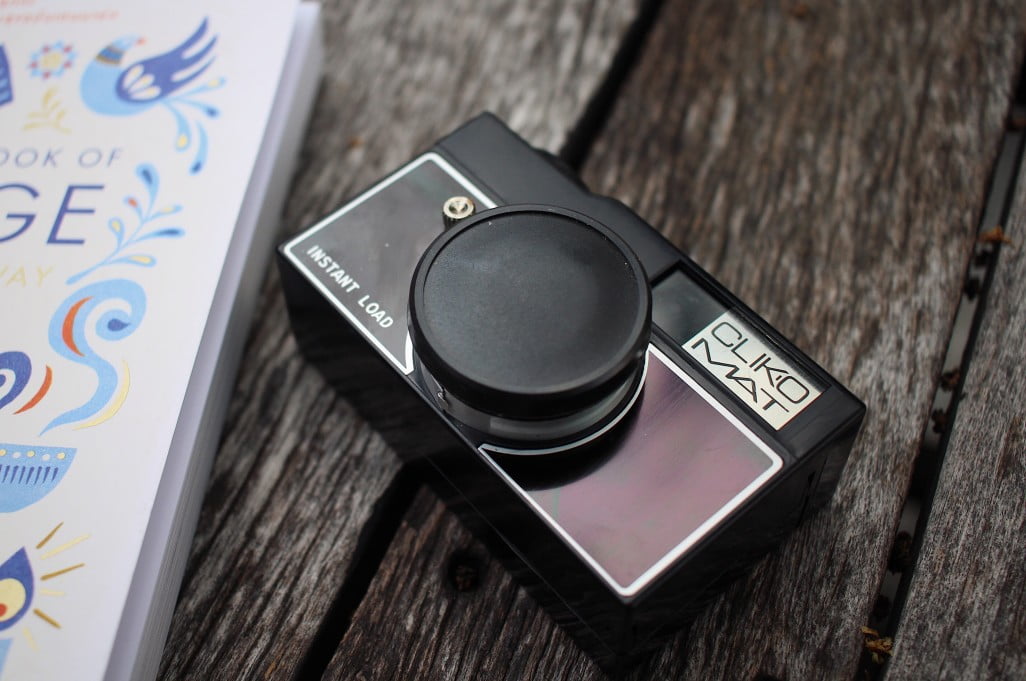If you have been experimenting with a digicam, you may be wondering how to white balance with a digital camera. All of the best digital cameras allow you to make minute color adjustments, after all. So how to perform a successful white balance? Keep reading to find out.
KEY TAKEAWAYS:
- Correctly adjusting a camera’s white balance setting will ensure that your color cast is accurate, reflecting the real world.
- White balance depends entirely on color temperature and your lighting situation.
- Most cameras feature a manual white balance adjustment mode and an auto mode of some kind.
What is White Balance?
Simply put, the process of white balancing is when you adjust the colors of an exposure to make them seem more natural. White balance adjustments work by adding the opposite color in the spectrum to the image. Learning how to successfully white balance is key to learning how to use a digital camera in the first place.
Insider Tip
Some digital cameras include an auto setting or an auto white adjustment feature. This mode will do all of the heavy lifting for you.
Why White Balance?
Have you ever taken a photo only to find that the colors looked completely different than the real world? This has to do with the correlation between color temperature and light. In essence, color is nothing more than a specific amount of light. Color temperature measures just how much light is being allowed through the various parts of the color spectrum. Changing white balance settings will adjust this color temperature, making your digital images match the real world. You can also adjust the white balance for creative effect, which can come in handy when you find out how to make pinhole digital cameras and how to use other unique camera types.
Tips for White Balance Settings
The actual process of changing up your white balance settings will depend on your camera, your light source, your overall lighting situation, and your subject. Here are some tips to get started.
Use Raw Files
If you really want to capture the best white balance setting, opt for the raw file format instead of capturing images as jpegs or smaller file formats. Raw files are better at handling unique lighting situations, such as ambient light, fluorescent light, natural light, incandescent bulbs, and more. If you make white balance adjustments before shooting a raw file, you will be more assured of capturing accurate color.
Fix it in Post Production
If you mess up a white balance adjustment during a shoot, do not fear. You can often fix it by using post-production software, such as Adobe Photoshop. Most of these software suites feature dedicated white balance adjustment features. Consider in-camera adjustments your first step and software adjustments your final step.
Warning
Though shooting in raw files is preferred to efficiently adjust the white balance, be mindful of your memory card space. Raw files take up a lot of room.
F.A.Q.
How to change white balance in post-processing software?
Adobe Photoshop and software such as Lightroom allow for easy white balance adjustments. Look for a mode called “white balance adjustment” or “color correction.”
What is white balance in a digital workflow?
If you lack a gray card or any other way to get an accurate color temperature reading of your surroundings, you will have to perform some trial and error before you get the white balance adjusted correctly.
What is white balance in a digital workflow?
Color comes in all varieties, from tungsten yellow to deep blacks. White balance in a digital workflow involves performing adjustments before you press that shutter button and afterward by using post-processing software.
STAT: The groundwork for white balance in digital photography was laid a hundred years ago by German theoretical physicist Max Planck. (source)



































![Best Point and Shoot Camera in [year] ([month] Reviews) 27 Best Point and Shoot Camera in 2025 (December Reviews)](https://www.gadgetreview.dev/wp-content/uploads/Nikon-Coolpix-B500.jpg)
![Best Underwater Camera in [year] ([month] Reviews) 28 Best Underwater Camera in 2025 (December Reviews)](https://www.gadgetreview.dev/wp-content/uploads/best-underwater-camera-image.jpg)
![Best Digital Cameras in [year] ([month] Reviews) 29 Best Digital Cameras in 2025 (December Reviews)](https://www.gadgetreview.dev/wp-content/uploads/what-is-resolution-on-digital-camera-1.jpg)
![Best Digital Camera Docking Stations in [year] 30 Best Digital Camera Docking Stations in 2025](https://www.gadgetreview.dev/wp-content/uploads/best-digital-camera-docking-stations-image.jpg)
![Best Vlogging Camera in [year] ([month] Reviews) 31 Best Vlogging Camera in 2025 (December Reviews)](https://www.gadgetreview.dev/wp-content/uploads/best-vlogging-camera-image.jpg)
![Best Mirrorless Camera in [year] ([month] Reviews) 32 Best Mirrorless Camera in 2025 (December Reviews)](https://www.gadgetreview.dev/wp-content/uploads/best-mirrorless-camera-image.jpg)
![Best GoPro in [year] ([month] Reviews) 33 Best GoPro in 2025 (December Reviews)](https://www.gadgetreview.dev/wp-content/uploads/best-gopro-image.jpg)
![Best Digital Camera Tripods in [year] 34 Best Digital Camera Tripods in 2025](https://www.gadgetreview.dev/wp-content/uploads/best-digital-camera-tripods-image.jpg)
![Best Canon Digital Cameras in [year] 35 Best Canon Digital Cameras in 2025](https://www.gadgetreview.dev/wp-content/uploads/best-canon-digital-cameras-image.jpg)
![Best Polaroid Digital Cameras in [year] 36 Best Polaroid Digital Cameras in 2025](https://www.gadgetreview.dev/wp-content/uploads/best-polaroid-digital-cameras-image.jpg)
![Best Small Digital Camera Cases in [year] 37 Best Small Digital Camera Cases in 2025](https://www.gadgetreview.dev/wp-content/uploads/best-small-digital-camera-case-image.jpg)
![Best Digital Camera USB Cables in [year] 38 Best Digital Camera USB Cables in 2025](https://www.gadgetreview.dev/wp-content/uploads/best-digital-camera-usb-cable-image.jpg)
![Best Digital Camera Bags in [year] 39 Best Digital Camera Bags in 2025](https://www.gadgetreview.dev/wp-content/uploads/best-digital-camera-bag-image.jpg)
![Best Sony Digital Cameras in [year] 40 Best Sony Digital Cameras in 2025](https://www.gadgetreview.dev/wp-content/uploads/best-sony-digital-cameras-image.jpg)
![Best Panasonic Digital Cameras in [year] 41 Best Panasonic Digital Cameras in 2025](https://www.gadgetreview.dev/wp-content/uploads/best-panasonic-digital-cameras-image.jpg)
![Best Digital Camera Accessories in [year] 42 Best Digital Camera Accessories in 2025](https://www.gadgetreview.dev/wp-content/uploads/best-digital-camera-accessories-image.jpg)
![Best Kodak Digital Cameras in [year] 43 Best Kodak Digital Cameras in 2025](https://www.gadgetreview.dev/wp-content/uploads/best-kodak-digital-cameras-images.jpg)
![Best Video Cameras in [year] ([month] Reviews) 44 Best Video Cameras in 2025 (December Reviews)](https://www.gadgetreview.dev/wp-content/uploads/best-video-cameras-image.jpg)
![Best Compact Cameras in [year] 45 Best Compact Cameras in 2025](https://www.gadgetreview.dev/wp-content/uploads/best-compact-camera-image.jpg)
![Best Digital Cameras with Wifi in [year] 46 Best Digital Cameras with Wifi in 2025](https://www.gadgetreview.dev/wp-content/uploads/best-digital-camera-with-wifi-image.jpg)



















